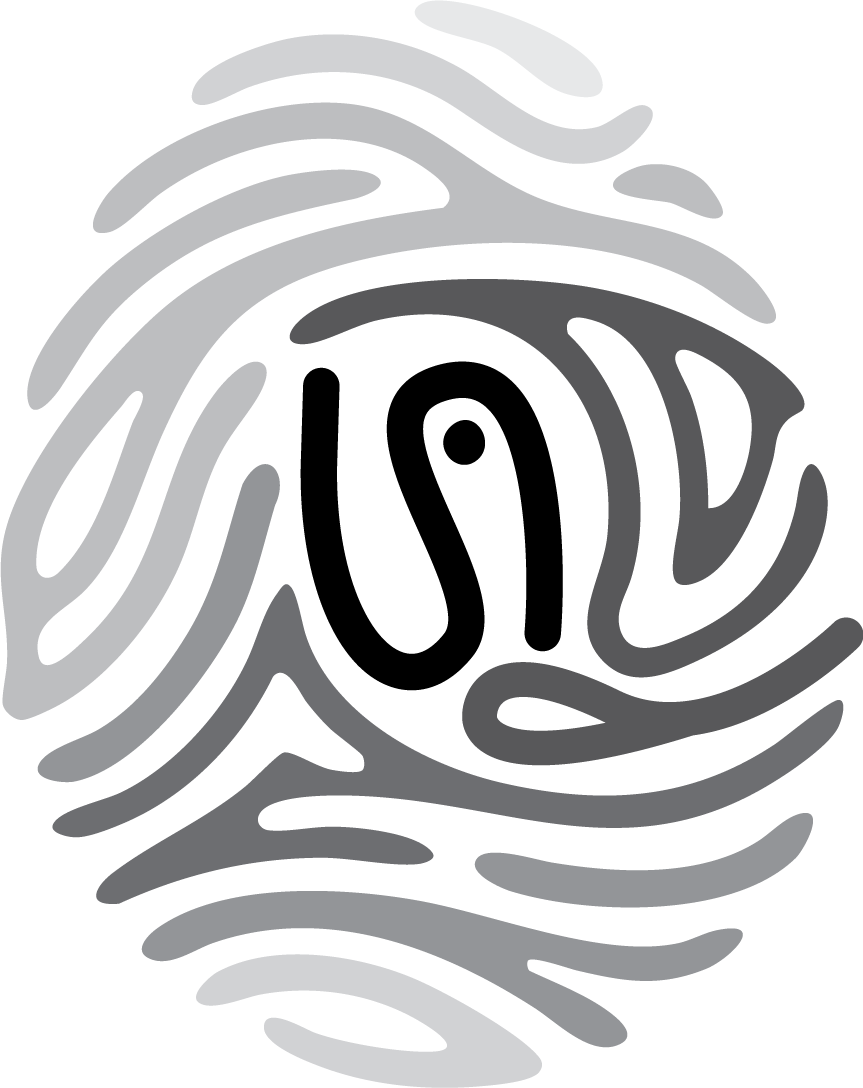Flowing Rhythm
Autumn–Winter 2024 | Womenswear | Denim Explorations
Autumn–Winter 2024 | Womenswear | Denim Explorations
Flowing Rhythm is a womenswear denim exploration that investigates the role of textiles in art therapy through rhythm, repetition, and material transformation. Drawing from research in creative flow, the project examines how repetitive textile-making techniques—combined with focused attention—can induce therapeutic states. Challenging conventional denim archetypes, the collection removes the expected blue palette to question denim’s identity beyond colour, revealing it instead as a responsive, expressive textile. Each surface is developed through rhythmic, hands-on processes involving fabric manipulation, sewing, and sound, reflecting both academic research and personal therapeutic experience.
Collection
For centuries, creative practices have supported therapeutic outcomes. Building on this foundation, this research explores textile-making as a pathway to therapeutic flow, examining how rhythmic, repetitive techniques such as stitching, bleaching, dyeing, and reverse appliqué shape embodied experience and support emotional well-being.
Seven garments created through these processes translate research into wearable form.
Colour Palette
A palette revealed through repetitive bleaching and oxidation of denim. Warm browns, rusts, ochres, and sage greens emerge from cyclical treatment—each application, observation, and rinse uncovering hidden base colors while the oxidation process adds depth and complexity, embodying the meditative rhythm of transformation.
